
Bibi Khanym Mosque Samarkand: History, Architecture, Photos
/
0 Comments
Bibi Khanym Mosque, or Bibi Khatun Mosque, is one of the sights…

Vakil Mosque Shiraz: Photos, Architecture, Facts, Location
Shiraz, Iran's "City of Roses," is renowned for its cultural…

Bame Tehran: Photos, Weather, Location, Reviews
Bame Tehran, which is also known as Bame Velenjak, is one of…

Alisher Navoiy Theater: Tickets, History, Architecture
The Alisher Navoiy Theater is the national opera house in Tashkent,…

Vakil Bazaar Shiraz: Photos, Reviews, History, Location
Shiraz, Iran's cultural capital, combines ancient attractions,…

Jameh Mosque of Isfahan: Photos, History, Architecture
Isfahan, known as one of Iran's most tourist-friendly cities,…

Dizin Ski Resort: Weather & Snow Forecast, Map, Hotel
Have you ever been to a Dizin Ski Tour? Dizin Ski Resort, located…
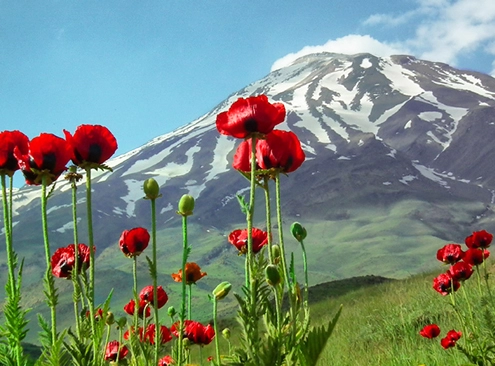
Mt Damavand; Tallest Volcano in Asia: Weather, Height
As the highest volcano in Asia and the tallest peak in the Iranian…
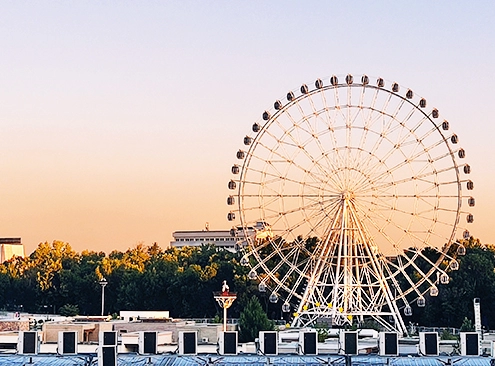
Anhor Lokomotiv Park Tashkent: Photos, Location
Located in the heart of Uzbekistan, Tashkent is the capital of…

What is a Self-guided Tour? App, Types, Activities, & More
There are times when you crave a holiday trip, but you do not…
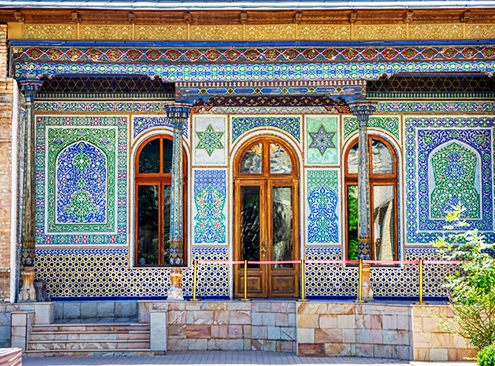
Tashkent Museum of Applied Arts: Photos, Tickets & More!
As a Central Asian country, Uzbekistan is located near the historic…

Tochal Peak & Complex: Photos, Weather, Hotel, Telecabin
Iran is a country full of lovely destinations and unique cities.…
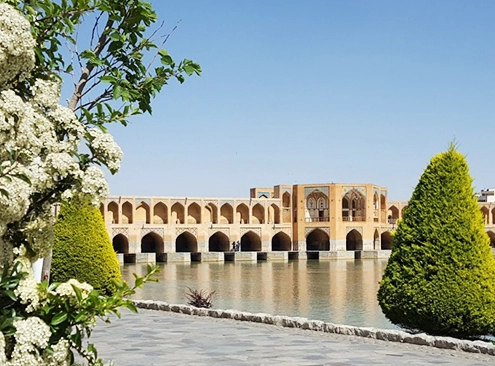
Khaju Bridge in Isfahan, Iran: Photos, Facts, Height
Khaju Bridge is one of the many bridges spanning the Zayandeh…
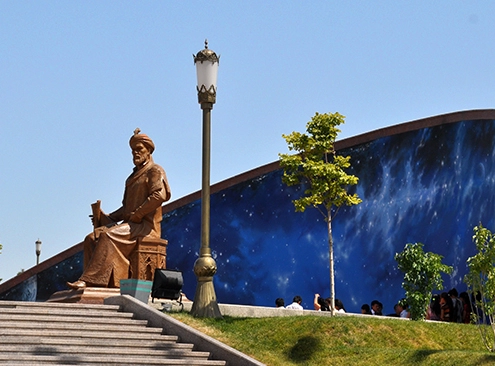
Ulugh Beg Observatory, Samarkand: Photos, Tickets
Uzbekistan is a land of many attractions. This country is more…
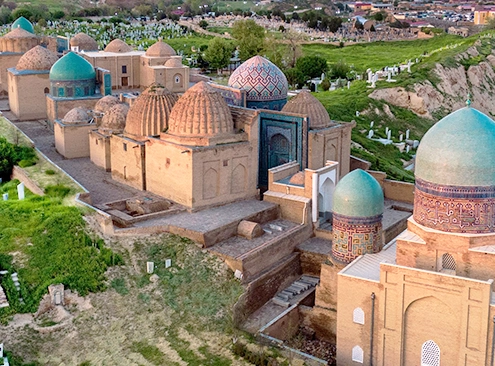
Shah-i-Zinda Complex: Photos, Architecture, Opening Hours
The Tomb of Shah-i-Zinda is one of the most famous attractions…
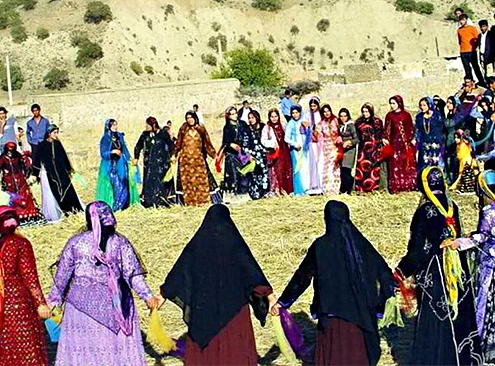
Iran Kurds: Religion, Population, Culture, Food, Clothes
Kurds, an ancient ethnic group with a vibrant cultural heritage,…

Zayandeh Rud River: History, Photos, Location, Culture
Renowned for its long-lasting and ancient cultural legacy, Iran…

Tashkent TV Tower: Height, Tickets, Opening Hours
eLiving in capitals is an interesting experience. The capitals…


